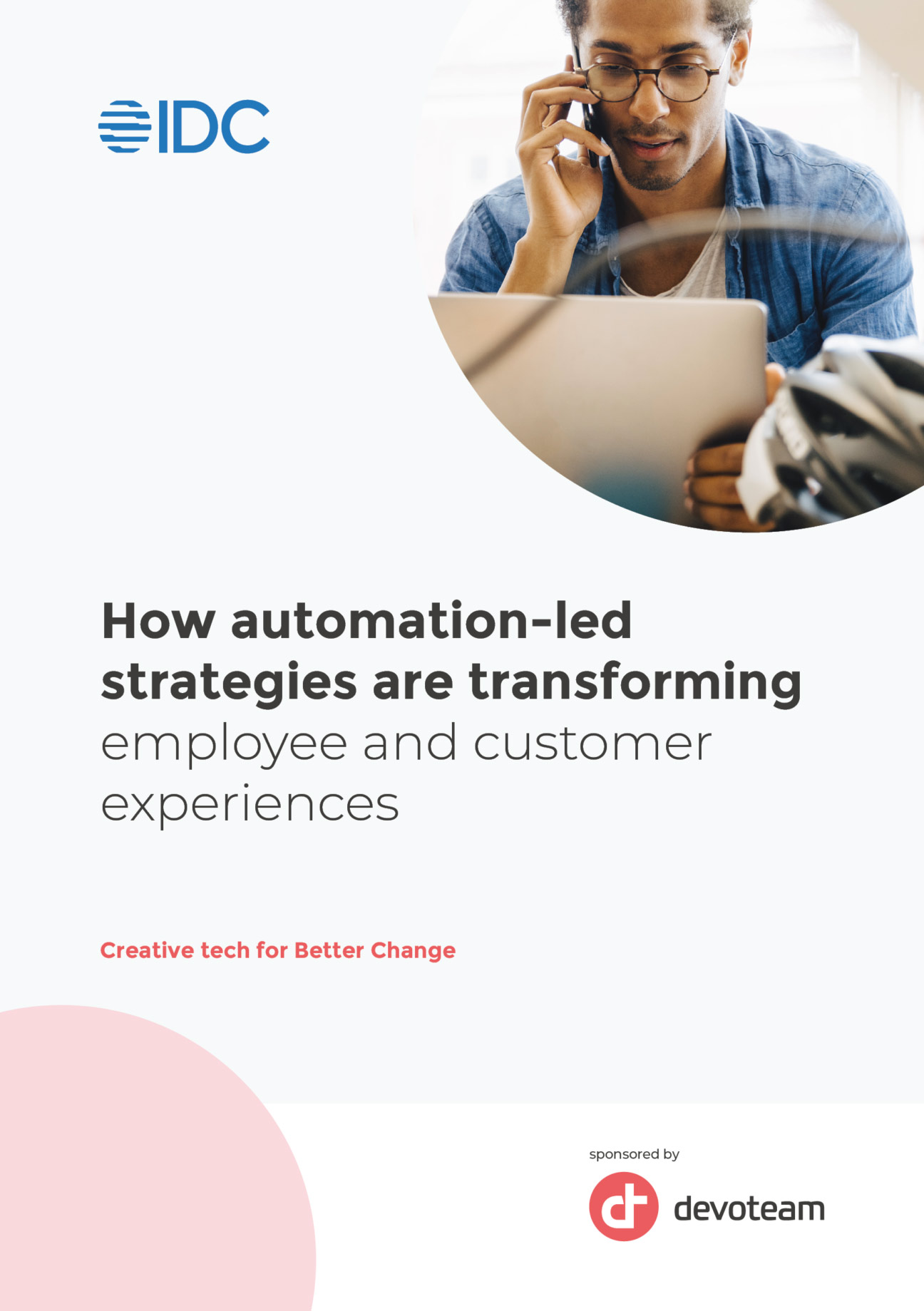Software platforms and digital ecosystems have enabled companies like Amazon, Netflix, and Uber to disrupt entire industries. For traditional organizations, this level of transformation simply can’t be achieved if they continue to run legacy software and systems that support the status quo. To date,
organizations have been held back by a two-speed approach to digital transformation (DX) — between the old world of keeping things predictable and the new, where there is a need for experimentation and innovation. This has led to inconsistent approaches to DX.
Things are now changing radically thanks to advances linked to digital apps and services, cloud-native development, and automation technologies, which are advancing organizations’ ability to adapt and transform. They are not only consuming this tech, but are also building it…
By 2023, one in four of the largest 500 European companies will become software producers to digitally transform and maintain their status.
Organizations need to take back control of their digital agenda
The world of bi-modal IT has to change so that organizations can innovate at scale across departmental and functional boundaries with a unified purpose for change
Organizations on the path of digital transformation have 5 key aims:
- Create business agility
- Improve customer and employee experiences
- Improve productivity, efficiency, and operational performance
- Connect people, partners, and ecosystems
- Become highly automated and able to derive actionable insights from data
Once these aims have been met, organizations often start to look at how to identify new revenue streams from the digitally transformed foundation.
